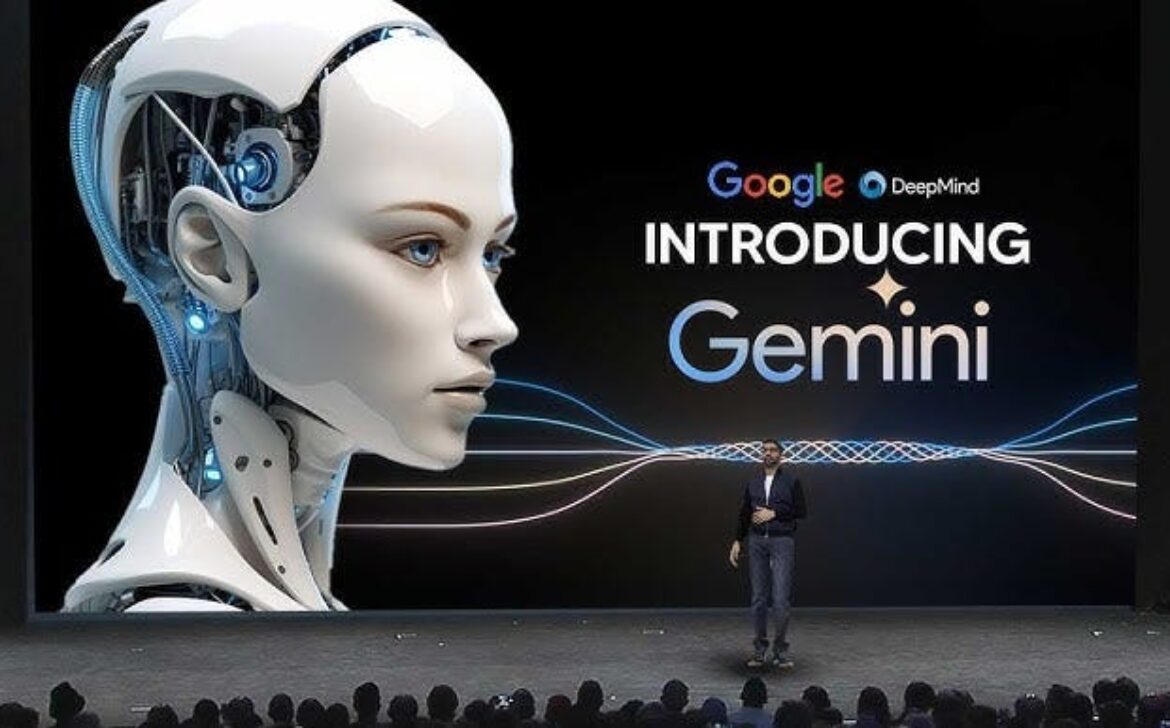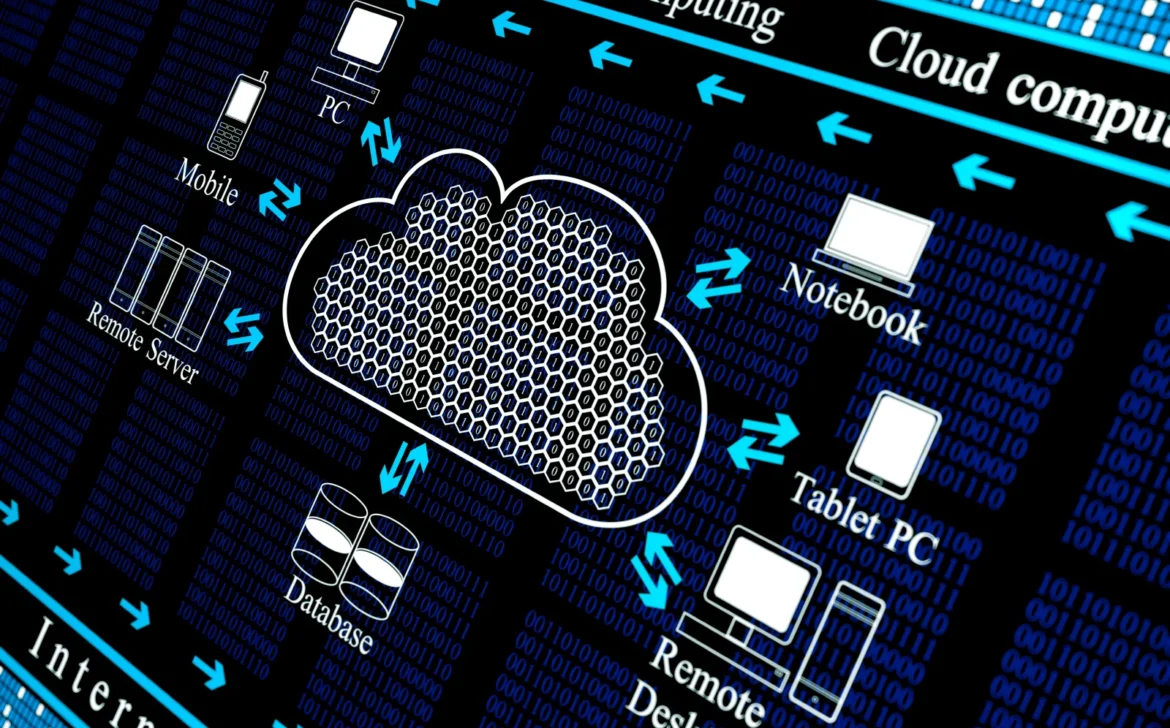Unleashing the Power of Microsoft Azure: A Comprehensive Overview of its Services
Introduction
In today’s digital age, cloud computing has become an indispensable part of modern businesses and organizations. Among the top players in the cloud computing industry is Microsoft Azure, a powerful platform that offers a wide range of services to help businesses scale, innovate, and succeed in the digital realm. From hosting websites to deploying complex machine learning models, Azure provides a comprehensive suite of services that cater to various needs. In this blog post, we will delve into the diverse services offered by Microsoft Azure and explore how they can benefit businesses across different sectors.
Services
Compute Services:
Azure offers a variety of compute services that enable businesses to run applications and workloads efficiently. These include Virtual Machines (VMs) for on-demand computing power, Azure App Service for hosting web applications, Azure Kubernetes Service (AKS) for containerized applications, and Azure Functions for serverless computing.
Storage Services:
Azure provides scalable and secure storage solutions for storing and managing data. Azure Blob Storage is ideal for storing unstructured data such as images, videos, and documents. Azure File Storage offers fully managed file shares in the cloud, while Azure Table Storage is a NoSQL data store for semi-structured data. Azure also offers disk storage options for VMs and archival storage for long-term retention of data.

Networking Services:
Azure’s networking services enable businesses to build secure and reliable networks in the cloud. Azure Virtual Network (VNet) allows users to create isolated networks, while Azure Load Balancer distributes incoming traffic across multiple VMs for high availability. Azure Traffic Manager provides global load balancing for distributed applications, and Azure VPN Gateway facilitates secure connectivity between on-premises networks and Azure.
Database Services:
Azure offers a range of database services to meet diverse data management needs. Azure SQL Database is a fully managed relational database service, while Azure Cosmos DB is a globally distributed NoSQL database for scalable and low-latency applications. Azure Database for MySQL and PostgreSQL are managed database services for open-source relational databases, and Azure Synapse Analytics is a powerful analytics platform for big data processing.
AI and Machine Learning Services:
Azure provides robust artificial intelligence (AI) and machine learning (ML) services for building intelligent applications. Azure Cognitive Services offer pre-built AI models for vision, speech, language, and decision-making tasks. Azure Machine Learning enables data scientists and developers to build, train, and deploy ML models at scale, while Azure Databricks provides a collaborative environment for big data analytics and AI workloads.
IoT and Edge Computing Services:
Azure IoT Hub allows businesses to connect, monitor, and manage IoT devices securely. Azure IoT Edge extends cloud capabilities to edge devices, enabling real-time data processing and analysis at the edge. Azure Stream Analytics processes streaming data from IoT devices, while Azure Digital Twins creates digital representations of physical environments for IoT simulations and insights.
DevOps and Developer Tools:
Azure DevOps provides a comprehensive set of tools for planning, developing, testing, and deploying applications. Azure DevOps Services include Azure Repos for version control, Azure Pipelines for continuous integration and deployment (CI/CD), Azure Artifacts for package management, and Azure Boards for agile project management. Azure also supports a wide range of programming languages, frameworks, and development tools, making it a preferred platform for developers.
Security and Compliance:
Azure offers robust security and compliance capabilities to protect data and applications in the cloud. Azure Security Center provides unified security management and advanced threat protection, while Azure Sentinel offers intelligent security analytics and response. Azure Active Directory (Azure AD) is a cloud-based identity and access management service, and Azure Policy helps enforce compliance controls across Azure resources.

Analytics and Business Intelligence:
Azure provides powerful analytics and business intelligence (BI) services for deriving insights from data. Azure SQL Data Warehouse is a fully managed data warehouse for analytics and reporting, while Azure HDInsight offers managed Apache Hadoop, Spark, and other big data technologies. Azure Analysis Services enables interactive data visualizations and BI modeling, and Power BI is a cloud-based BI platform for creating dashboards and reports.
Hybrid and Multi-Cloud Solutions:
Azure supports hybrid cloud deployments, allowing businesses to seamlessly integrate on-premises infrastructure with Azure services. Azure Arc extends Azure management capabilities to any infrastructure, including other cloud environments and edge locations. Azure Stack Hub enables consistent hybrid cloud computing with a subset of Azure services running on-premises, while Azure Stack Edge provides AI-enabled edge computing capabilities.
Conclusion
In conclusion, Microsoft Azure offers a comprehensive suite of services that empower businesses to innovate, scale, and transform digitally. Whether it’s computing, storage, networking, AI, IoT, or DevOps, Azure provides the tools and resources needed to build and deploy modern applications with agility and efficiency. By leveraging Azure’s services, organizations can accelerate their digital transformation journey and stay ahead in today’s competitive landscape.
























